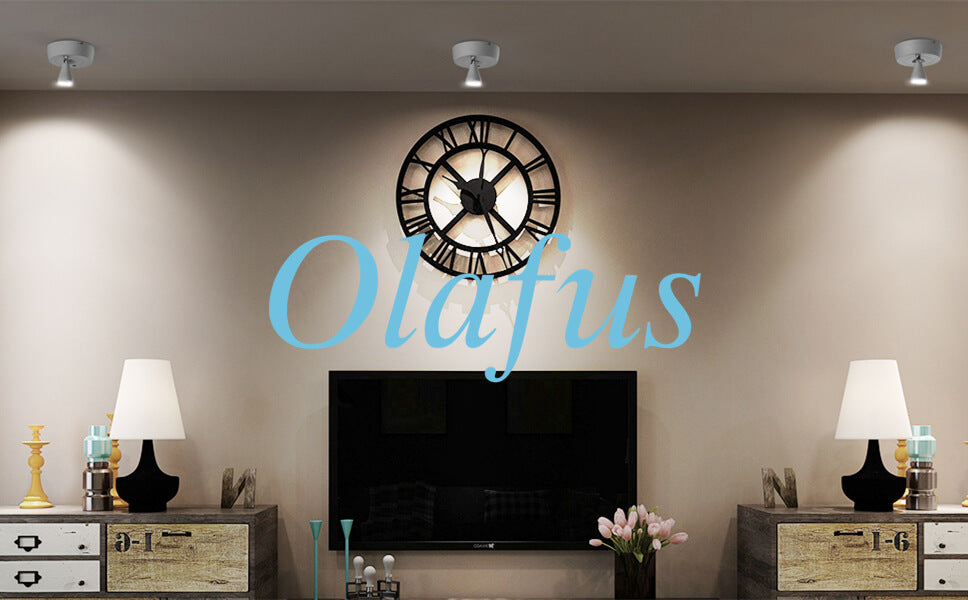
How to Pick the Ideal Spotlight?
Share
As an important part of the modern lighting field, LED spotlights are not only widely used in indoor and outdoor lighting decoration, but also play a key role in security, landscape design and other fields. In the face of a wide range of LED spotlight products on the market, how to choose an ideal spotlight that suits your needs has become a focus of attention for many consumers.
In this article, we will explore how to pick the ideal LED spotlight. Providing readers with a comprehensive shopping guide and practical advice.
Key Factors for Spotlights
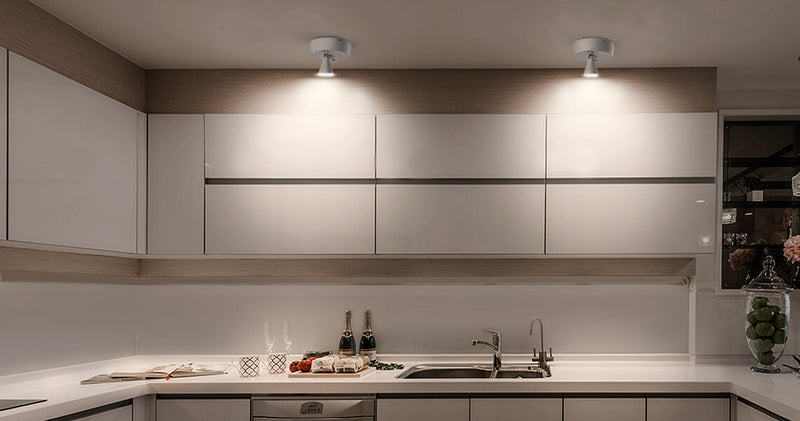
When selecting the ideal LED spotlight, there are several key factors to consider that will directly affect the performance and usage of the spotlight.
Brightness and irradiation range
Brightness and irradiation range are one of the most important indicators for evaluating the performance of a spotlight. Brightness is usually measured in lumens, which indicates the total luminous flux emitted by the light source.
The higher the brightness, the better the illumination effect of the spotlight. For spotlights, the appropriate brightness depends on the usage scenario, such as the distance and size of the area to be illuminated.
Generally speaking, the brighter the spotlight, the greater its irradiation range and coverage area, and the wider the illumination it can provide.
In addition to brightness, the irradiation range is also a concern. The irradiation range depends on the irradiation angle of the spotlight and the design of the fixture. Different irradiation angles will affect the degree of focusing and coverage of the light.
For scenes that require long-distance lighting, it is more effective to choose a spotlight with a narrower irradiation angle; while for places that require extensive lighting, it is necessary to choose a spotlight with a wider irradiation angle.
Color temperature and color performance
Color temperature and color performance are important factors affecting the visual effect of LED spotlights. Color temperature is usually expressed in Kelvin (K), which describes how warm or cool the color of the light source is. Common color temperatures include warm white light (~2700K-3000K), natural white light (~4000K-4500K) and cool white light (~5000K-6500K).
Different color temperatures are suitable for different scenarios. For example, warm white light is suitable for creating a warm and cozy atmosphere, while cool white light is suitable for places that require clear and bright effects.
Color performance is also an important consideration. A quality LED spotlight should be able to accurately restore the true color of the illuminated object, avoiding color deviation or uneven color. Spotlights with excellent color performance can present more natural and realistic colors, enhancing the comfort and quality of the lighting effect.
Energy saving and durability
The energy-saving advantages of LED technology make LED spotlights the first choice for environmentally friendly lighting. Compared with traditional lighting fixtures, LED spotlights can effectively save energy and reduce the cost of use.LED light fixtures usually have a longer lifespan, with excellent durability and stability, and can provide long-lasting and stable high-quality lighting services, reducing replacement and maintenance costs.
How to choose the ideal spotlight
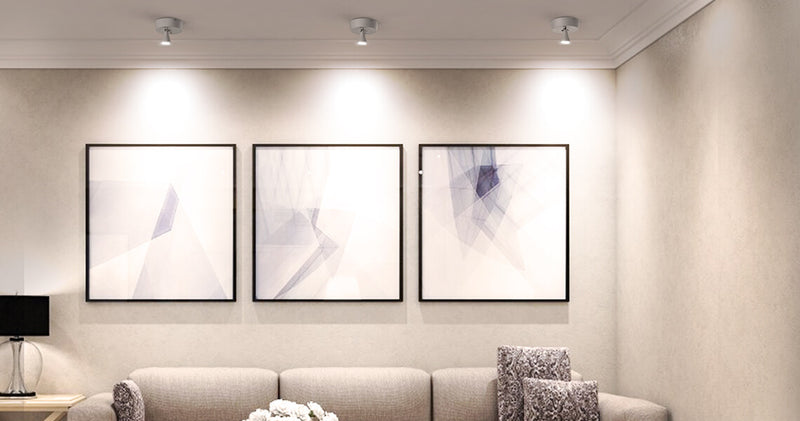
When choosing an LED spotlight, here are a few key factors to consider to ensure you choose the ideal product for your needs:
Determine the application and need
The selection of a spotlight should begin with identifying its specific application scenario and needs. Different scenarios require different illumination angles and brightness levels. For example:
- Indoor Lighting: If you need to illuminate a specific painting or decorative piece with a spotlight, you may need a narrower angle of illumination and a moderate level of brightness to bring out details and colors.
- Outdoor Lighting: For outdoor landscape or security lighting, a wider angle of illumination and higher brightness may be needed to cover a larger area and provide adequate illumination.
Considering the distance and area to be illuminated when determining your use and needs can help you select the appropriate type of spotlight.
Consider color temperature and color requirements
Color temperature and color are another important consideration. Color temperature is usually expressed in Kelvin (K). Lower color temperatures (e.g., 2700K to 3000K) will present warm tones, which are suitable for creating a warm and comfortable atmosphere; while higher color temperatures (e.g., above 5000K) will present cool tones, which are more suitable for environments that require clear and bright light.
Also to be considered is the color index (CRI), which measures the ability of a light source to display the true color of an object. For scenes where true colors need to be presented, such as art displays or commercial display areas, choosing a spotlight with a high CRI would be more appropriate.
Examining Quality and Performance
Finally, it is crucial to choose a well-known brand and high quality LED spotlight. Consider the following points:
- Brand reputation: Choose products from well-known brands, they usually have better after-sales service and quality assurance.
- Performance indicators: Focus on performance indicators such as luminous efficacy (lumen/watt ratio), lifespan (hours of use), waterproof rating and warranty period.
- Certification information: Make sure the product has passed relevant certifications, such as CE, RoHS, etc., to ensure its safety and quality standards.
When choosing an LED spotlight, be sure to weigh and select based on specific application scenarios and personal preferences. Whether it's indoor lighting or outdoor lighting, choosing the right color temperature, irradiation angle and brightness can bring a comfortable light environment to the space and enhance the quality of life and work.
At the Olafus store, you can easily find the ideal lighting equipment to meet your needs and bring light and warmth to your space.
Relative products
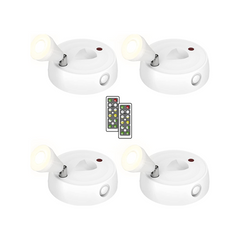 |
 |
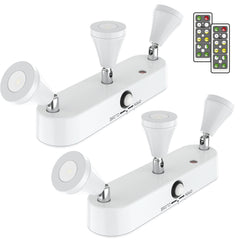 |
More posts

